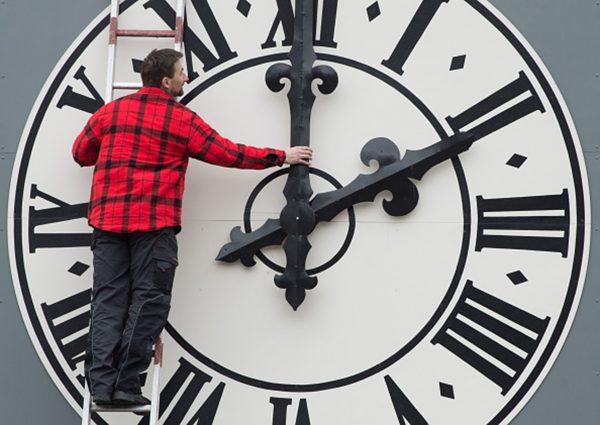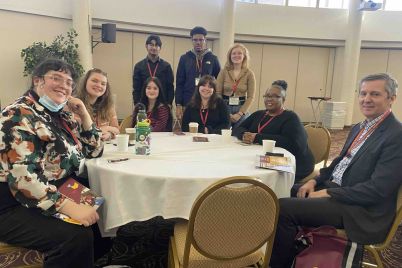
On Sunday, clocks will roll back one hour as DST ends; mornings will see more sun. Tribune Media
Studies suggest drawbacks may outweigh benefits of shifting clocks
By Nicholas Ketchum
Deputy Editor
On Sunday, Daylight Saving Time ended in the United States, meaning the clock rolled back one hour, providing an additional hour of potential sleep on Monday, where most of us woke early to get to school and/or work.
Historically, the argument for practicing DST has hinged on at least two claims, which are that it helps save energy, as well as provide early morning daylight to farmers. However, these claims may not be accurate.
So, is DST all it’s supposedly cracked up to be? Maybe not.
Bad for health
A 2008 study in the New England Journal of Medicine found that the risk of heart attack increases in the first three weekdays after the start of DST.
The same journal also reported in 1996 that exhaustion while driving may be the cause of higher traffic crashes on the Monday following the DST. Similarly, a study from Michigan State University cites DST as a possible factor for the increase in workplace injuries, due to tiredness.
Other studies have pointed to an uptick in depression, miscarriages and suicide rates. Overall moods are generally negatively affected in the spring, as well, with improvements sometimes occurring the following fall when clocks are rolled back, which provides an additional hour of sleep.
Bad for the economy
If health is affected, then so might the economy, to a degree. And since the United States values economic stability and growth so highly, this should be a powerful point.
Additional tiredness would conceivably reduce productivity of workers and lower potential output and profits. Increased injuries in the workplace or while commuting could also increase costs and business uncertainty. Missed appointments would need to be rescheduled, slow production would mean lost time and potentially lower sales.
Now, we don’t want to mess with sales and profits, do we?
Questionable energy savings
When President Bush signed legislation extending Daylight Saving Time by four weeks, several government studies looked into the possible effects.
A study by the State of California found extended evening daylight only contributed about a 0.2% decrease in energy use. A similar study by the State of Indiana showed a 1% increase in energy usage. Another study by the U.S. Department of Energy found a 0.5% decrease.
So, the jury is still out on energy after all these years. Maybe we shouldn’t put too much weight into the idea that DST helps save it.
Farmers don’t really like it
One of the most quoted reasons for DST is that farmers prefer it. But is this really true?
Michael Downing, author of the book “Spring Forward: The Annual Madness of Daylight Saving Time” helped expose the myth that farmers prefer DST for early sunlight. After talking with farmers, he found they opposed DST in the spring because they prefer to have more sunlight in the morning, which DST removes.
Think of the children
Similar economic arguments for adult would also apply to children: more tiredness and agitation could mean a temporarily diminished capacity for academic work, as well as potentially higher risk for conflicts in the classroom, due to irritability.
Children have difficulty enough sitting still, learning material and getting along. Why throw another curve ball at them?
Another reason to ditch DST: providing more morning light for those super-early school hours. Children walking to school or waiting for the bus may appreciate doing so in daylight, not to mention potential safety issues darkness may pose.
End DST
The potential benefits for energy usage—that so far seems inconclusive—seem outweighed by more conclusive drawbacks for health, economic growth and the well-being of children.
Each year it seems a growing chorus of opinions point out these drawbacks in an urge to end the practice. Readers should consider this article as yet another to put on the pile.


